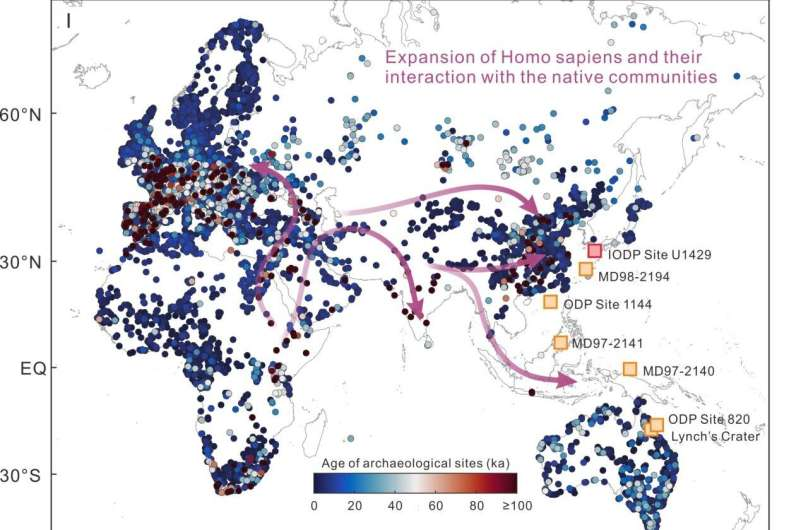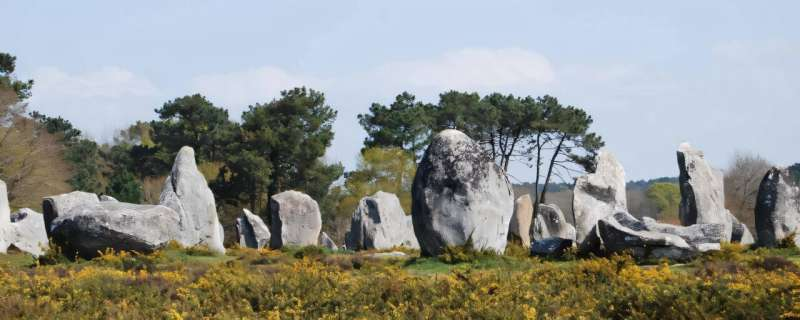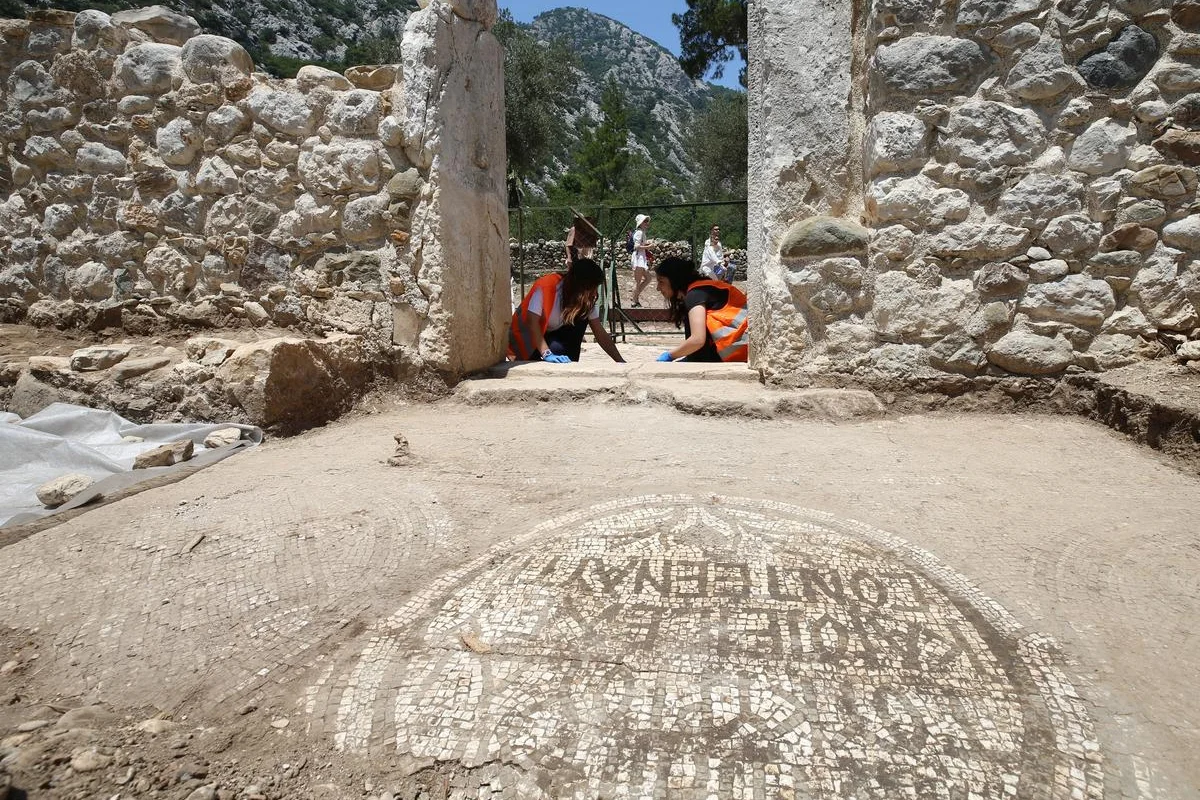The ancient world was interconnected by a network of trade routes that facilitated the exchange of goods, ideas, and cultures across vast distances. These routes, such as the Silk Road and the Indian Ocean trade network, were the lifeblood of civilizations, enabling the flow of luxury items like spices, silk, and precious metals, as well as the spread of religions, technologies, and artistic traditions. This exploration delves into the major trade routes of antiquity, the cultural and economic exchanges they enabled, and the archaeological evidence that illuminates these interactions.
The Silk Road: Bridging East and West
The Silk Road was not a single road but a sprawling network of trade routes connecting China, Central Asia, the Middle East, and Europe. It flourished from around 130 BCE to the 15th century CE, playing a pivotal role in the exchange of goods and ideas.
Goods Traded:
Silk: China’s most famous export, silk was highly prized in the Roman Empire and beyond.
Spices: Cinnamon, pepper, and other spices traveled from India and Southeast Asia to the Mediterranean.
Precious Metals and Gemstones: Gold, silver, and lapis lazuli were traded across the route.
Cultural Exchanges: Buddhism spread from India to China, while Greco-Roman art influenced Central Asian cultures.
Archaeological Evidence:
Silk Fragments: Remnants of silk have been found in ancient Roman tombs, indicating its widespread trade.
Buddhist Artifacts: Statues and manuscripts discovered in Central Asia reflect the spread of Buddhism.
Caravanserais: Ruins of roadside inns, such as those in Samarkand and Bukhara, attest to the infrastructure supporting Silk Road trade.
The Indian Ocean Trade: A Maritime Network
The Indian Ocean trade network connected the coasts of East Africa, the Arabian Peninsula, India, Southeast Asia, and China. This maritime route was active from around 2000 BCE to the 15th century CE, facilitated by monsoon winds.
Goods Traded:
Spices: Cloves, nutmeg, and pepper from Southeast Asia and India were highly sought after.
Textiles: Indian cotton and Chinese silk were major exports.
Precious Stones and Metals: Gold from East Africa and gemstones from India were traded widely.
Cultural Exchanges: Islam spread along the trade routes, while Chinese porcelain and African ivory became symbols of luxury.
Archaeological Evidence:
Shipwrecks: The Belitung shipwreck, discovered off the coast of Indonesia, contained Chinese ceramics and Middle Eastern glassware.
Port Cities: Ruins of ancient ports like Lothal in India and Kilwa Kisiwani in Tanzania highlight the importance of maritime trade.
Coins and Inscriptions: Roman coins found in India and Chinese pottery in East Africa provide evidence of long-distance trade.
The Trans-Saharan Trade: Gold and Salt Across the Desert
The Trans-Saharan trade routes connected sub-Saharan Africa with North Africa and the Mediterranean. These routes, active from around 300 CE to the 16th century CE, were crucial for the exchange of gold, salt, and other goods.
Goods Traded:
Gold: West African gold was highly valued in the Islamic world and Europe.
Salt: Essential for preserving food, salt was mined in the Sahara and traded southward.
Slaves and Ivory: These were also significant commodities in the trade network.
Cultural Exchanges: Islam spread into West Africa, while African gold financed the construction of mosques and palaces in the Islamic world.
Archaeological Evidence:
Timbuktu Manuscripts: Thousands of manuscripts in Timbuktu, Mali, reflect the intellectual exchange facilitated by the trade routes.
Salt Mines: Ancient salt mines in Taghaza, Mali, provide evidence of the salt trade.
Gold Artifacts: Gold jewelry and coins found in North Africa and Europe trace their origins to West African mines.
The Amber Road: Northern Europe’s Trade Network
The Amber Road was a trade route connecting the Baltic Sea with the Mediterranean, active from around 2000 BCE to the early medieval period. Amber, a fossilized tree resin, was the primary commodity.
Goods Traded:
Amber: Highly prized for its beauty and supposed magical properties, amber was traded as far as Egypt and Greece.
Furs and Honey: These were also important exports from northern Europe.
Cultural Exchanges: Roman glassware and coins found in the Baltic region indicate trade with the Roman Empire.
Archaeological Evidence:
Amber Artifacts: Amber jewelry and ornaments have been found in ancient Greek and Roman sites.
Trade Centers: Excavations in cities like Aquileia in Italy reveal their role as hubs for amber trade.
Cultural and Economic Impacts
The ancient trade routes were more than just conduits for goods—they were channels for cultural and economic exchange that shaped the development of civilizations.
Economic Growth: Trade routes stimulated local economies, created wealth, and fostered the growth of cities and empires.
Cultural Diffusion: Religions, languages, and artistic styles spread along these routes, leading to a blending of cultures.
Technological Exchange: Innovations such as papermaking, gunpowder, and navigation techniques traveled across continents.
Conclusion: The Legacy of Ancient Trade Routes
The trade routes of the ancient world were the arteries of globalization, connecting distant regions and fostering a vibrant exchange of goods, ideas, and cultures. From the Silk Road to the Indian Ocean trade network, these routes laid the foundation for the interconnected world we live in today. The archaeological evidence left behind—silk fragments, shipwrecks, manuscripts, and coins—offers a glimpse into the dynamic and far-reaching interactions of antiquity. These trade routes remind us that the desire for connection and exchange is a timeless aspect of human civilization.







